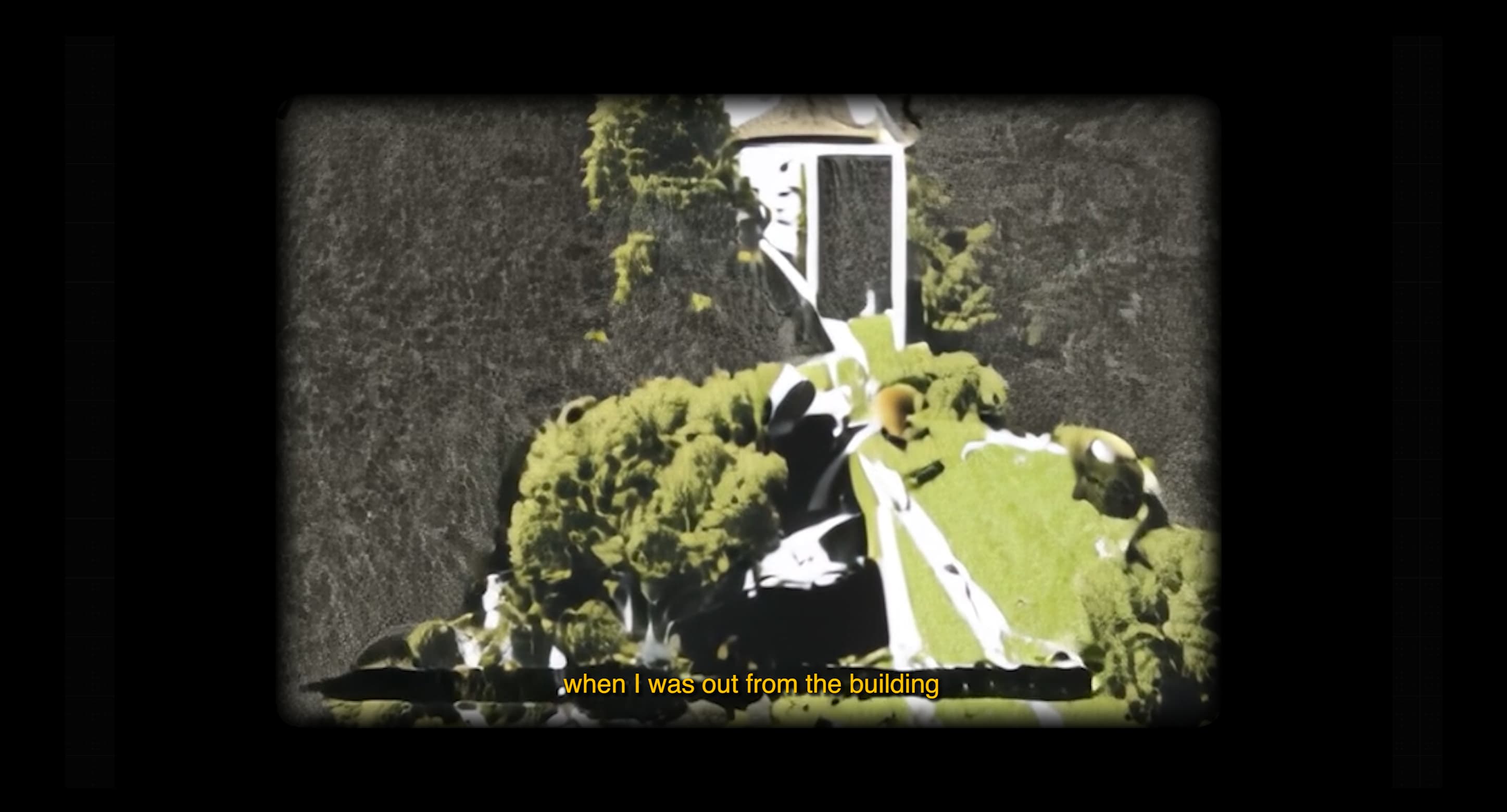
WEEK 14
SHORT FILM

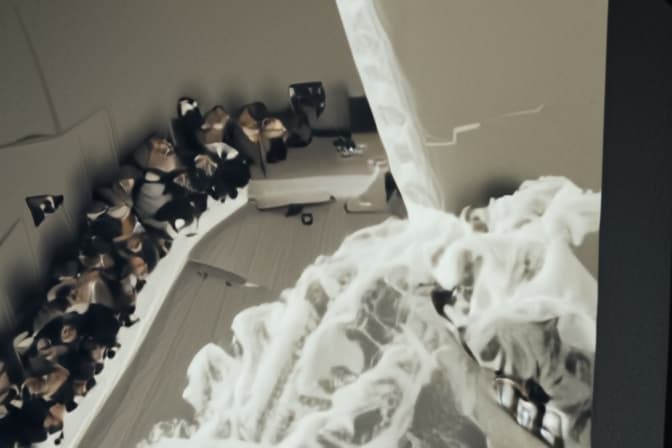
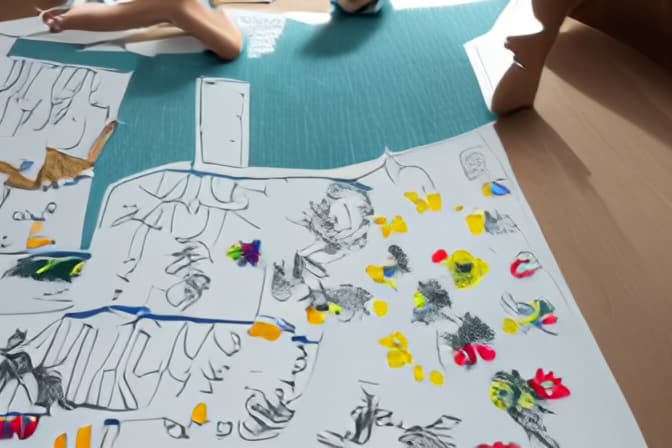
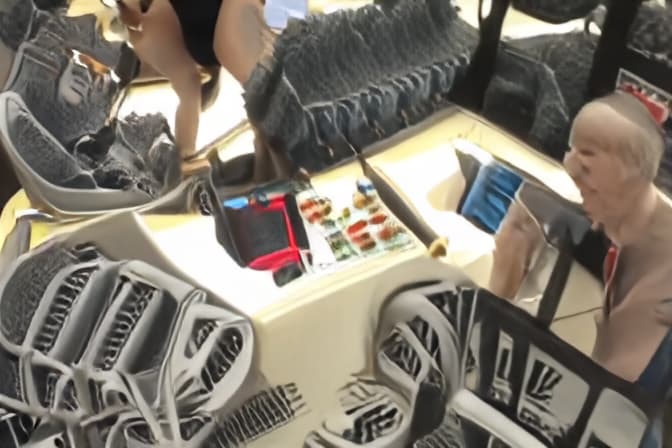
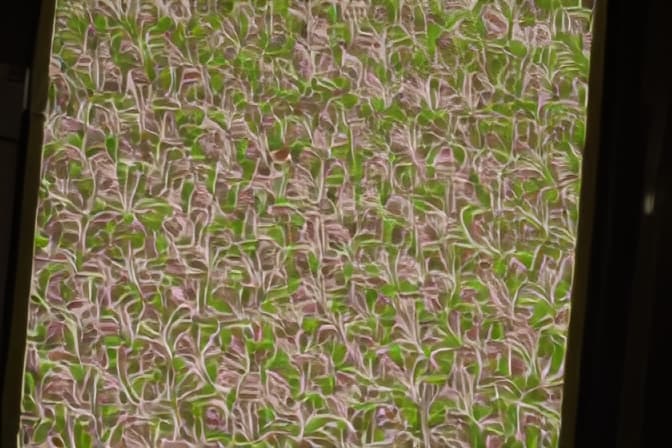
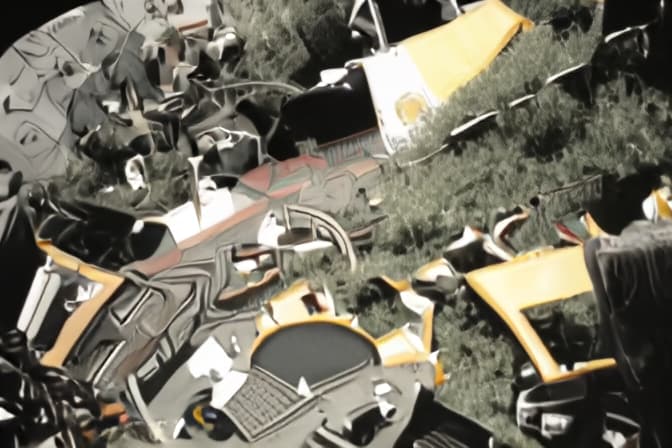
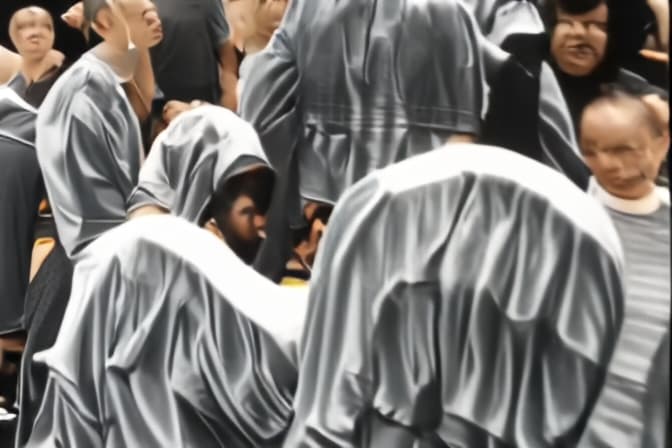
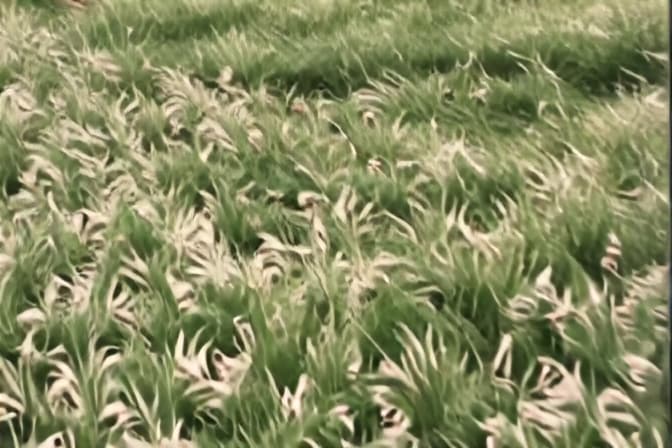
This week, I focused on creating my short film, which will be the final artifact produced with my AI-generator workflow.
Collecting Memories
To begin with, I decided to record conversations to create the content for my short film. These conversations were then transcribed into dialogue scripts, from which I selected the words I wanted to use as prompts to feed into the AI.
I chose conversation as the foundation because I wanted to engage not only myself but also others — to connect with people through the act of recalling memories. These people are ones I have shared precious moments with, and I felt that the stories would naturally flow in the way a real conversation does. By using the natural rhythms of human conversation, the generated videos could be tied together more organically.
As I recorded and played back these conversations, I noticed how differently each person recalled their memories. Some were more descriptive, while others were more emotional, focusing on how certain memories shaped their present selves. We began with simple topics, like recalling a dream we had shared with others, and the conversations gradually shifted to deeper subjects — first core memories, experiences like receiving our first detention, moving into adulthood, and uncanny, bizarre moments that changed our perceptions of life.
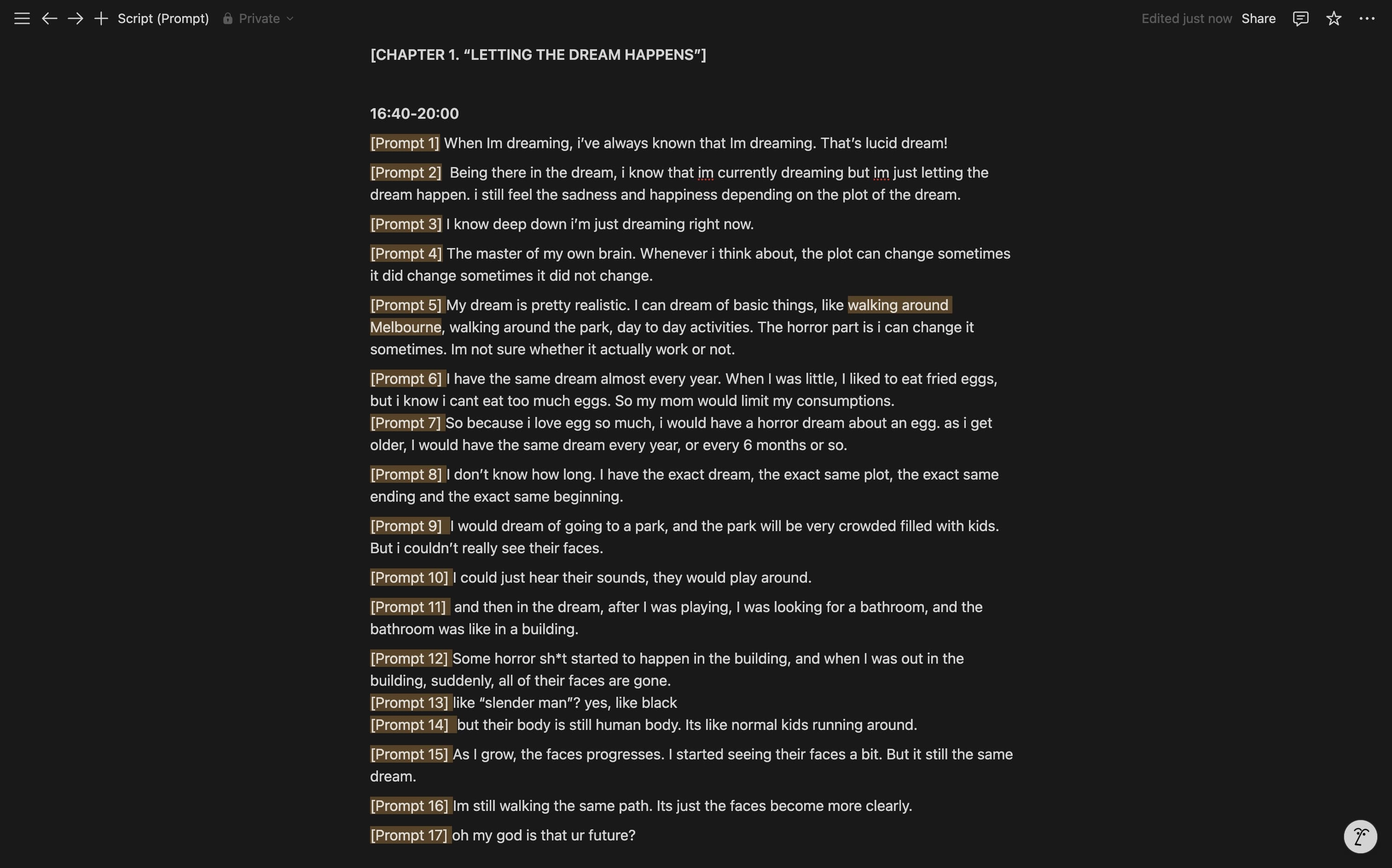
Re-organizing and Transcripting Recorded Conversations
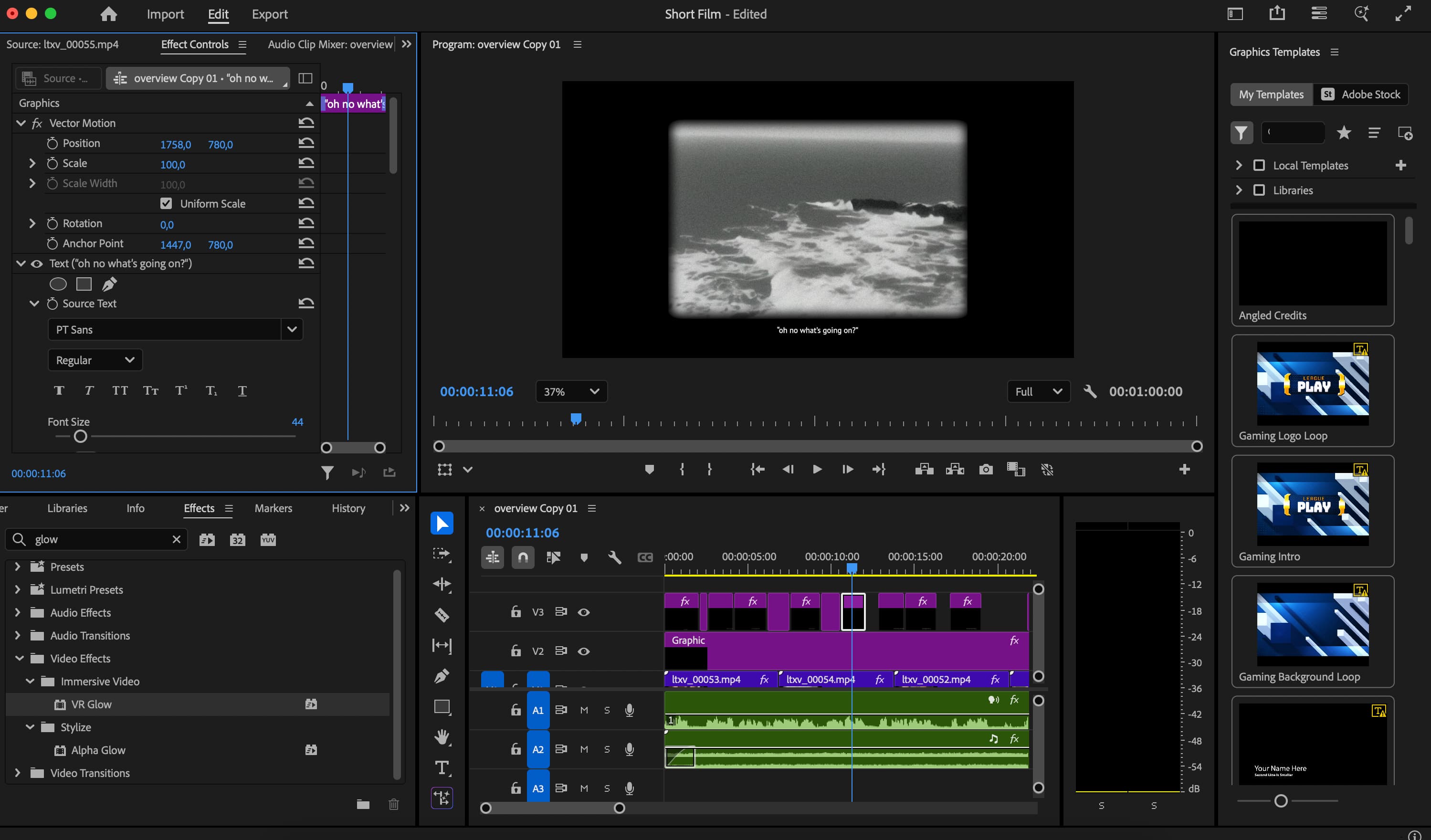
First Preview (Draft)
Generating the Memories
The generation process took longer than I expected. It was not just the technical generation time that slowed things down. Initially, I thought I could simply transcribe the audio and input the dialogues directly as prompts.
However, after reviewing the early generation results, I realized I needed the prompts to be more straightforward and descriptive. The raw dialogues were too fragmented for the AI to interpret effectively. I had to rewrite them into prompts that included clear objects, movements, and scenes — imagined visuals that came to mind while listening to the stories.
Editing the Videos
For the film structure, I decided to add a short poetic introduction before presenting the selected stories. The intro reflects what the film explores and sets the tone for what is to come. I also included some of my own responses from the recorded conversations, so the film would not feel like a collection of isolated monologues, but rather a dialogue where others were present and listening too.
Editing the recordings was a challenge, as they contained many pauses, hesitations, and moments of code-switching between languages. Since the conversations were recorded through a laptop microphone during group calls, I worked to minimize background noise and clean up the audio as much as possible.

Almost a Memory full film
Almost a Memory
Reflecting on the entire process, I see AI here not just as a generative tool but as a collaborator in exploring the fragile, fleeting nature of human memory. AI became a means for memory reconstruction and visual storytelling. The visuals generated were often uncanny, irrational, and flawed — yet these imperfections made them feel more human and beautiful.
In a digital age where AI is often used to create high-quality, polished outcomes, this project highlights the value of slowness, imperfection, and the emotional depth of memory work. Even though AI helped produce the short film, the heart of the project remains deeply human.